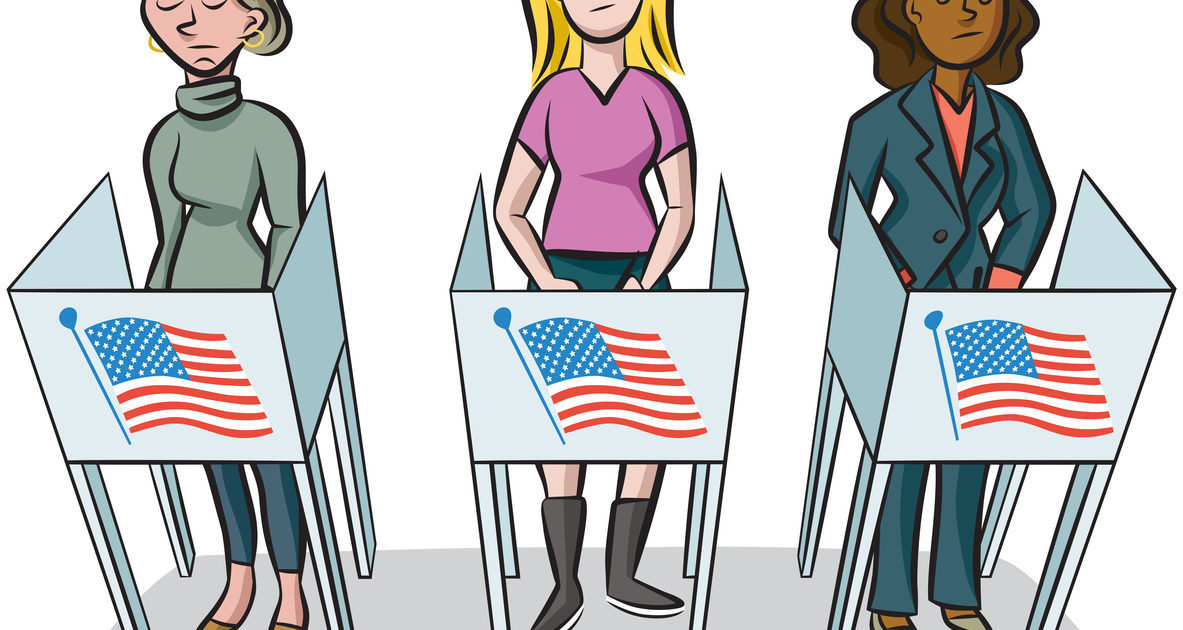
I voted! I marked my mail-in ballot for my President of choice and my selection for Senator from New Jersey.
Please everybody VOTE in this important election year. Especially women. Our predecessors worked long and hard for the right to vote…
The first women’s rights convention in the United States was held in Seneca Falls, New York, on July 19 and 20, 1848. Since that date women marched, lobbied, were hauled to jail, but continued to pursue their cause year after year.
Sixty-five years after Seneca Falls the fight continued…
One of the largest marches for women’s right to vote occurred on October 23, 1915, in New York City. Thousands of white-clad women of all ages, from babies in strollers to mature women in walkers and wheelchairs, as well as a few men at the end of the long line of marchers, descended on the city to publicize their fight for women’s suffrage. Two leaders of the League of Women Voters, Dr. Anna Shaw and Carrie Chapman Catt, lead their supporters on a five-mile parade down Fifth Avenue. The women carried banners with slogans like A vote for suffrage is a vote for justice, You trust us with the children; trust us with the vote…King Albert of Belgium votes for women…Australian women have the ballot…Bohemia was the first in the world to pass a law or women’s suffrage in 1861.
The march organizers planned the event carefully. They assembled delegates from labor unions and suffrage groups from around the world. Women marched along Fifth Avenue, holding hands, draped in garlands and flowers, raising huge signs. A group of women carried ballot boxes on a stretcher.
Official counts of the parade ranged from around 25,000 to well over 60,000. Over 100,000 spectators lined Fifth Avenue to witness the spectacle.
Notably lacking from the news coverage was the participation of African-Americans. They were probably absent from the parade.
Not everyone took the marchers seriously. One women’s-wear publication focused on the marching women as shoppers, not legitimate protesters, explaining that “the ballot was uppermost, of course, but shopping rarely is far from a woman’s mind.”
Thirteen states had granted their women the vote over the years, but strong opposition persisted. New York State was holding a referendum on the question, and the march was an effort to garner support for the cause. Unfortunately the referendum failed. New York State finally approved women’s right to vote two years later, in 1917.
Why couldn’t women vote nationwide?
The New York Times ran an article warning that if women won the vote, they would “play havoc for themselves and society,” and that “granted the suffrage, they would demand all the rights that implies. It is not possible to think of women as soldiers and sailors, police patrolmen, or firemen.” So folks thought over 100 years ago…
But the women persevered and won admirers.
Henry J. Allan, a Kansas newspaper editor who watched the parade expecting to see a joke, wrote “It was absolutely overwhelming. Forty thousand women do not spend days getting ready for a five-mile march through crowded streets, and hours marching in a raw afternoon, for a transitory whim. It was the most democratic exhibition I have ever seen in New York.”
The Nineteenth Amendment, ensuring the vote for all American women, was ratified on August 18, 1920.
All those women did not work and march in vain. Ladies, vote!
Here is a video, only a few seconds long, of the New York City march.

Comments
2 responses to “Election time! Vote! Especially women!”
Yes, voting is so important! And especially really understanding the ramifications of what that particular vote could result in.
[…] It is election time throughtout the land. Folks head to the polls and, or, a mailbox or dropbox. Meryl Baer of Musings of a Shore Life voted, a right hard-won by women over 100 years ago as she writes in this week’s post. […]